Sun at Six: How to Rejuvenate a Family Business
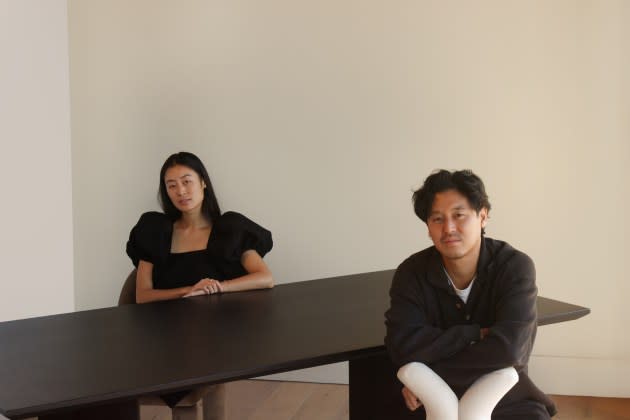
Antares and Capella Yee, the sibling owners behind Sun at Six, a furniture brand with modernist appeals and California curves, is on a quest to preserve the family business known for traditional Chinese joinery craftwork.
As a woodwork technique that gained popularity in the Ming dynasty, interlocking joinery systems are strong and elegant in form, but finicky in nature.
More from WWD
The business was started by the Yee sibling’s mother, Maria Yee, more than 30 years ago. Her clever update on the ancient craft — with an automated tool to allow precision in the millimeters and construction refinement to endure extreme weather — helped her scale up the business and grow into a successful business in the ’90s and 2000s. At the brand’s height, clients included big-box retailers such as Muji, Room & Board and Crate & Barrel.
Then, the world turned upside down; the pandemic, coupled with straining U.S.-China relations meant the family white-label business was ready to gradually move away from its export-import business.
So, the company shifted gears toward Antares Yee’s furniture label, which he launched in 2017.
A self-trained furniture designer, Antares worked in the digital design space until he wanted to try something tactile and hands-on. He launched Sun at Six, a label named after the magical hour of dawn that brings about clarity and peace.
Antares gravitated toward the joinery system — but initially, wasn’t keen on working with his mother. Instead, he set out on a contrary creative path: instead of highly ornamental pieces, Sun at Six played with bold graphic motifs; its audience skewed younger.
The versatile pieces of Sun at Six found a sweet spot between collectible goods and democratic, often Scandinavian, design. Items like the $1,560 C/Array chair and smaller pieces like the $185 Yucca stand have helped the label grow a steady following in the U.S. market.
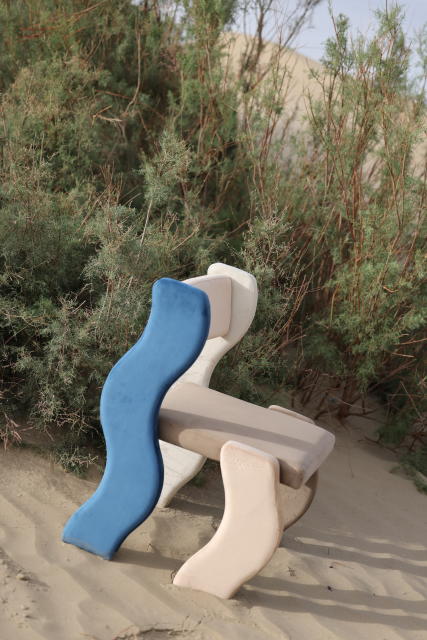
The most recent collection, focused on the WOLO table, was an exploration in modern presentation of the joinery motif. The table’s thick, columnar legs are attached with thin connective tissue amplifying a sculptural feel. The sharp edges of the piece stand in stark contrast to the grainy sheen of Makata Wood, a sustainable update on Maria Yee’s aesthetic.
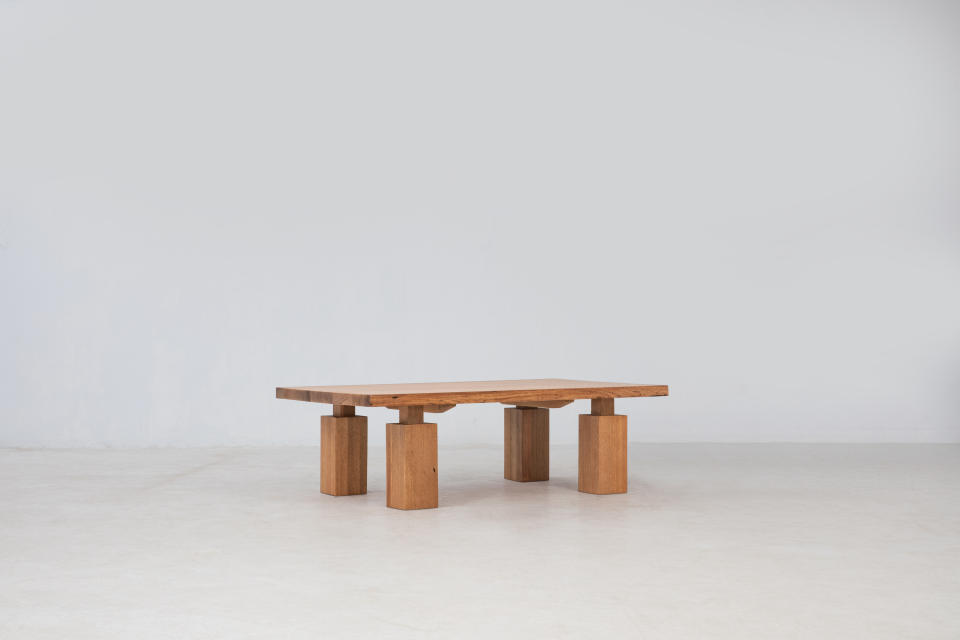
“You want a piece that speaks to the aesthetics of the time, but can withstand the test of time, that it can be something you feel really happy about 10 or 20 years from now,” says Antares Yee.
The versatile pieces, which exude a sense of airiness and calm, have found their way into the homes of celebrities including Kacey Musgraves, NBA stars and social media tastemakers.
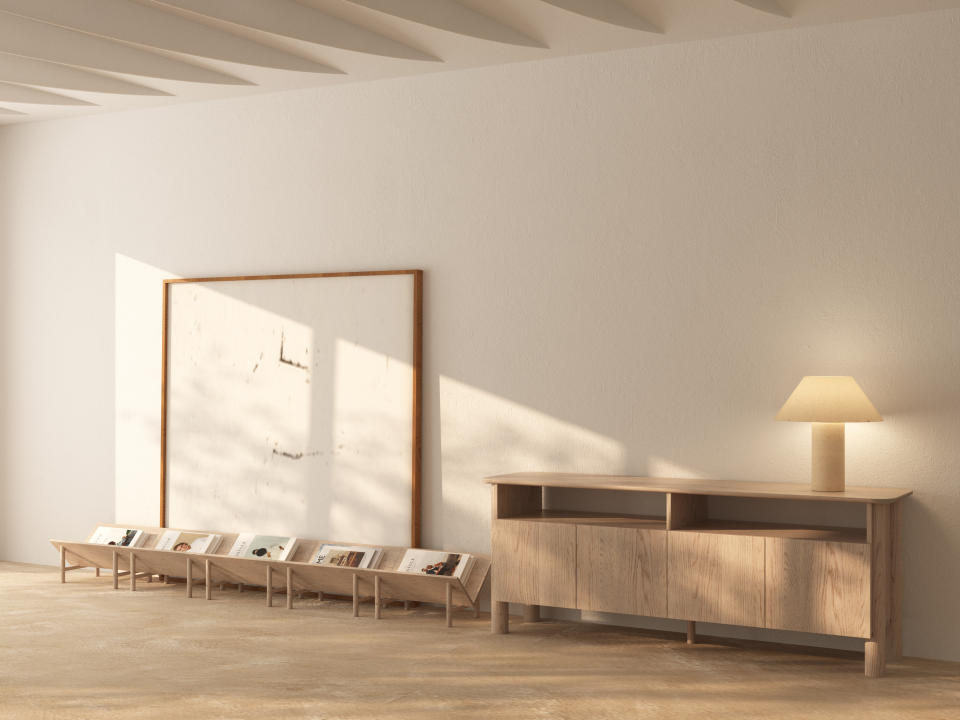
As the brand grew, it quickly became obvious to Antares Yee that the family’s deep well of resources could help him keep up with supply. Simultaneously, the family business was going through “a transformative period” during the pandemic, which led to Antares Yee’s sister Capella joining as a business manager.
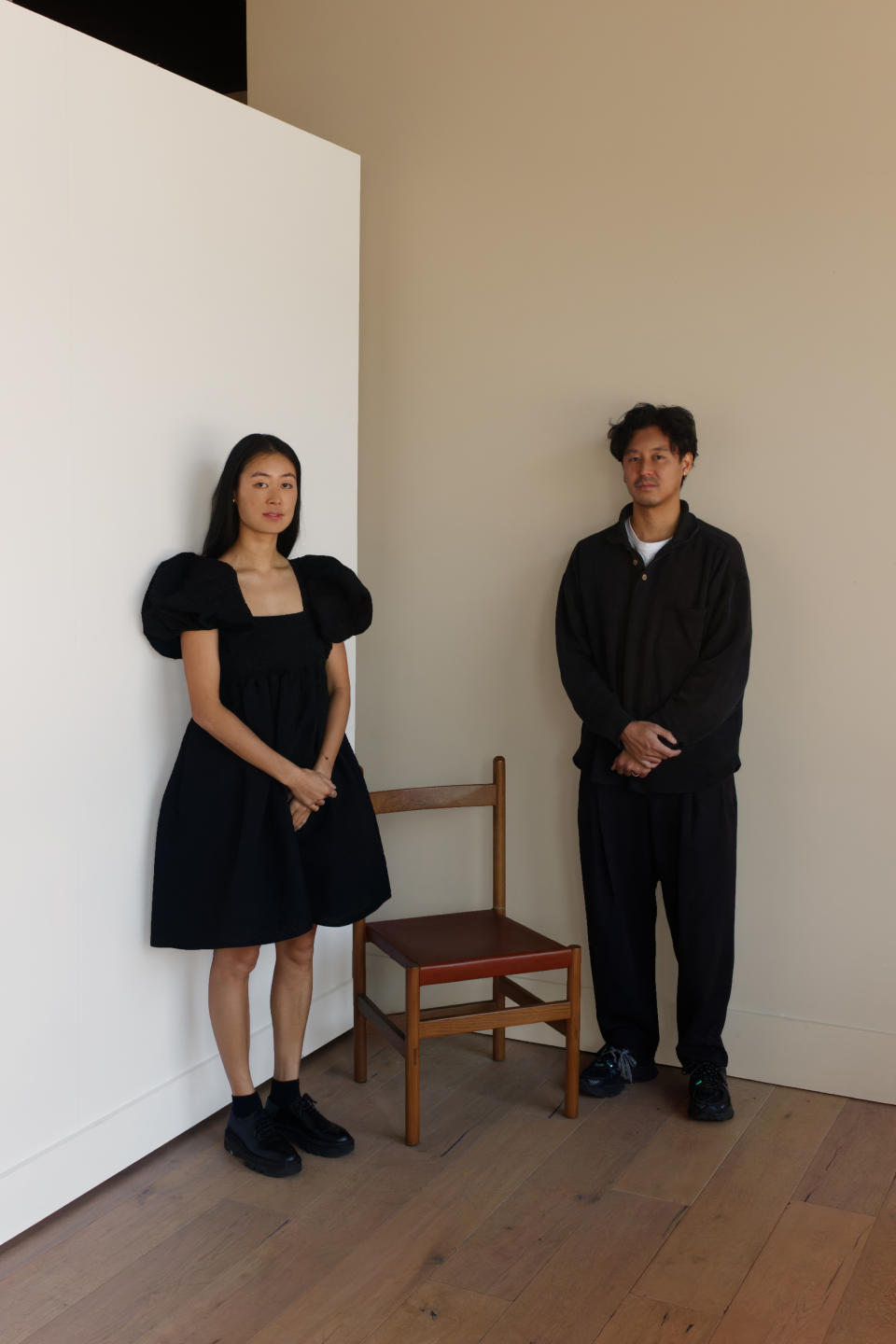
To both siblings, safeguarding a craft means moving along with the tectonic shifts in a tech-driven world. “We’re in this definitely once-in-a-lifetime, once-in-a-generation shift where you have a business that started before the internet, before [cell phones]. I’m essentially trying to figure out how to make things work in the future, where Sun at Six lives,” says Capella Yee.
Showing the craftmanship behind the work at the company’s expansive workshop plays an increasingly important part in the brand narrative.
Many of the company’s joinery masters have been with the Yees for more than 20 years. By putting a face to the products they design, the Yee siblings were able to add a human touch to the work they take pride in making. “It shows to tell that we are not an assembly line situation,” said Antares, alluding to the common prejudice associated with Made in China.
For Maria Yee, being entrepreneurial meant finding a way to survive as first-generation immigrants. Born in the southern city of Guangzhou, Maria Yee moved to California in 1988. There, she launched her namesake brand that sold antique reproductions produced by a small workshop in Beijing. To scale up the business, Maria Yee ultimately opened her own factory in her hometown.
However, for Capella and Antares, it was about making choices that can help the business stay relevant in today’s digital world. “We probably would never make veneer furniture because that’s not the type of business we want to be,” Capella says.
The brand is eager to create a more agile supply chain system and operate a direct-to-customer online retail store in today’s drop-based retail world.
For the immediate future, Sun at Six plans to focus on direct-to-retail operations online and expanding in the U.S. market. The brand is currently stocked at 20 curated goods stores in the states.
The Chinese market is already on the horizon — home decor there is expected to grow 9.26 percent per year for the next five years.
It helps that the label already operates a showroom and café in a serene corner store in downtown Shanghai, where new batches of furniture will see their global launch.
Best of WWD

